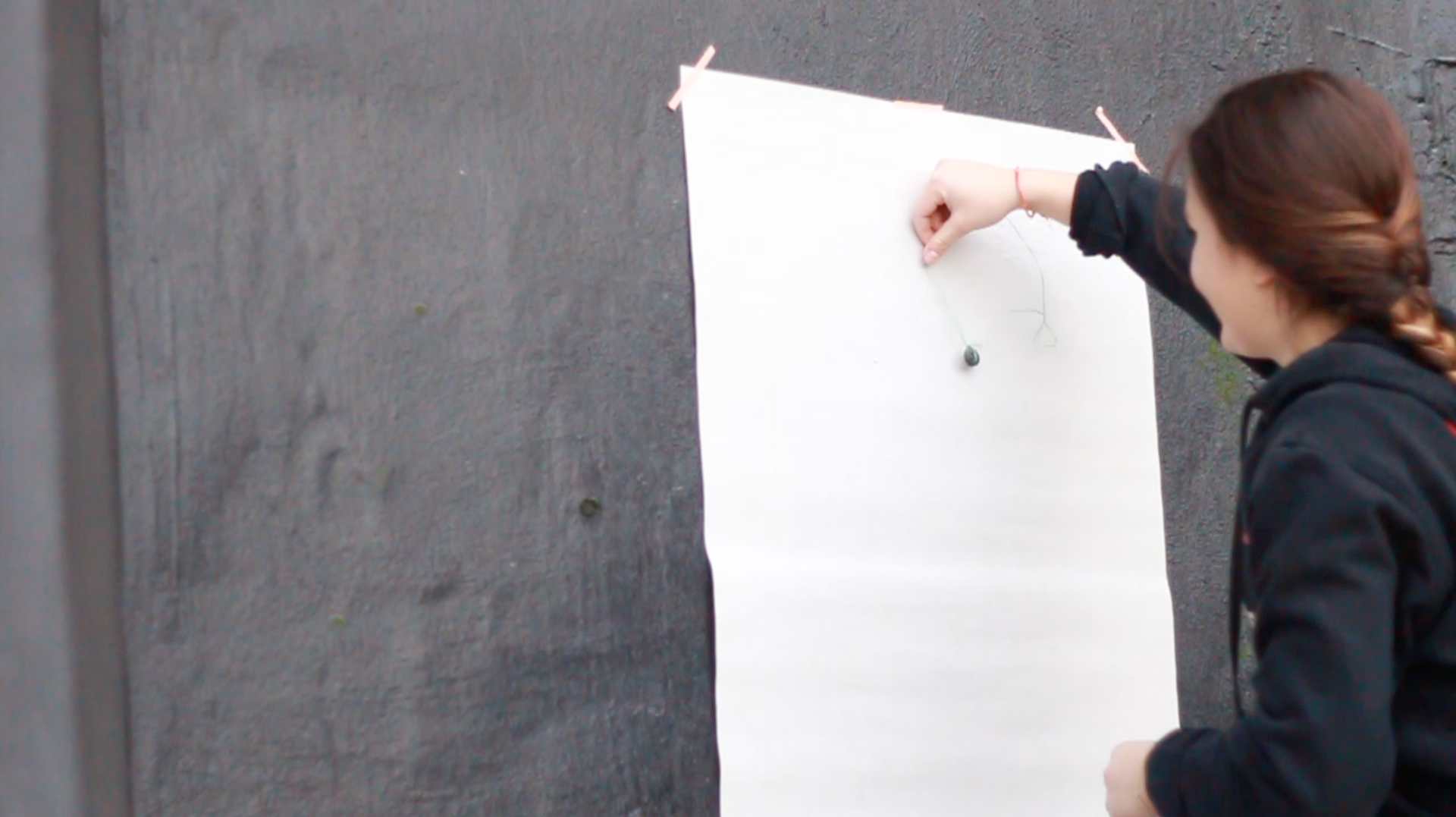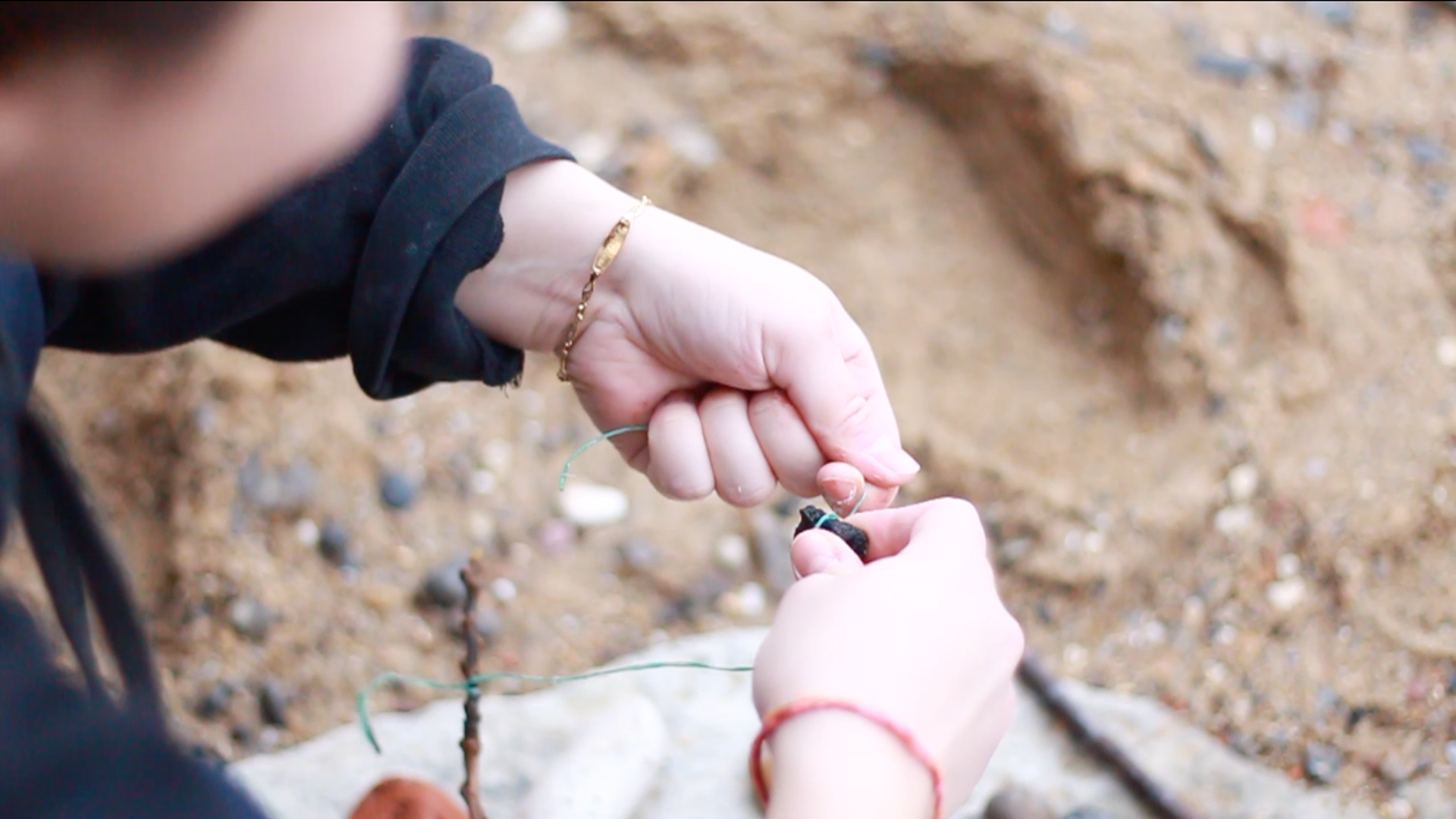By connecting or reconnecting people with the ocean and sea through their nearest water based environments, whether they be lakes, rivers, ponds, streams or estuaries, I aim to build a better awareness of, and connection with, the environmental struggles we face today.
The creation of even the smallest network or system within our local environments will enable individuals to better understand the connections from local to global. The smaller scale network is what allows people to not become overwhelmed and thus enabling them to take action.

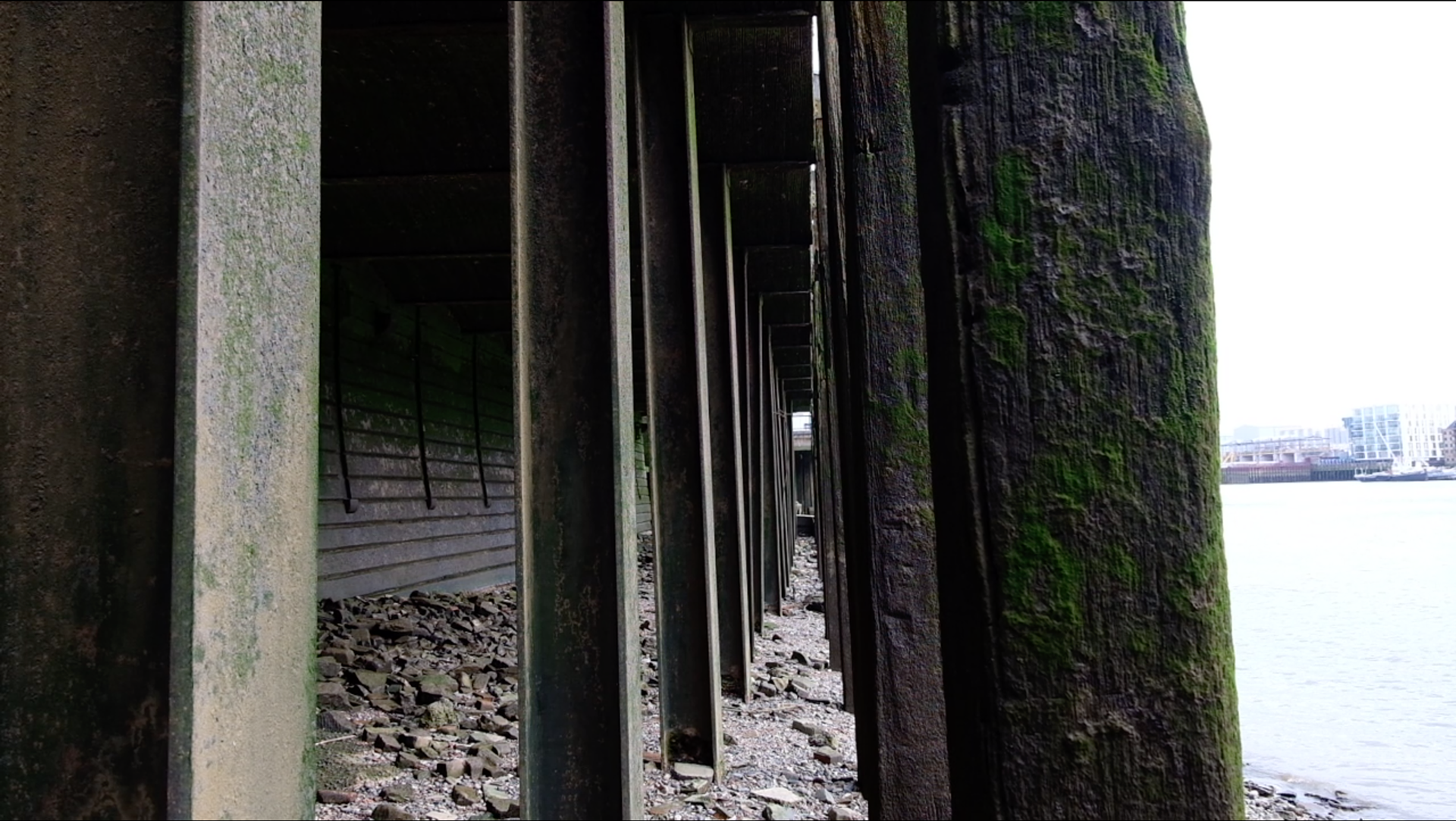


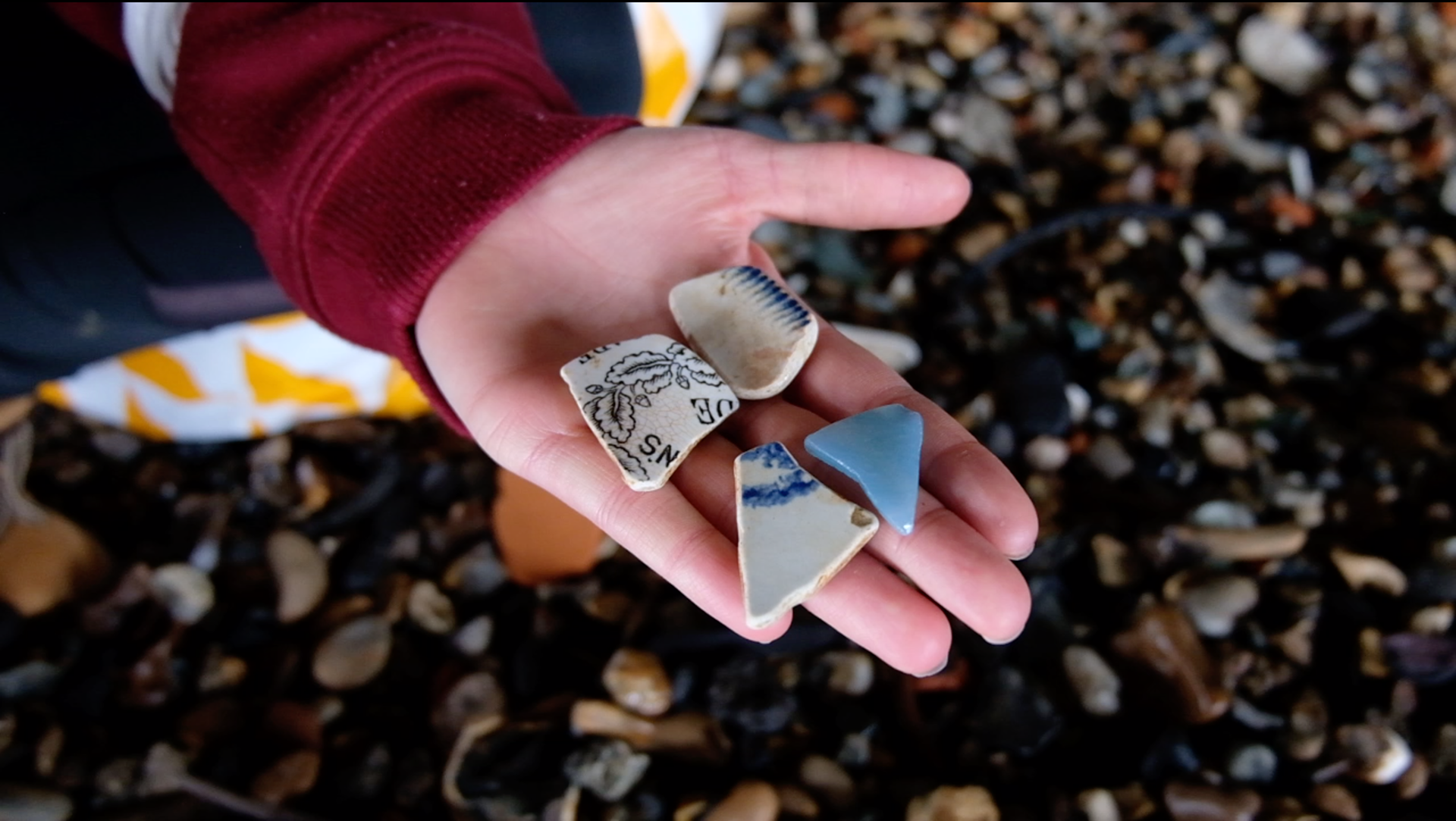
With no kilns available i had to resort to the unknown and unpredictable process of pit firing. This process is new to me added to my limited experience with clay, there were times I thought it may be a fool's mission.
Since a single clay to fire process could take up to 5 day, I was concerned that just getting to grips with the process was taking up too much time. When you are working removed from other designers it is hard to gage what is important and how to effectively time manage. This is a process that in the workshops would have been so much quicker, smoother and less unpredictable. Even when I was hand building, I had to get creative and used makeshift tools, a spoon, the back of a nail file, a ruler, a glass as a rolling pin and made my own wire cutter. But here at home, all I can do is trial and experiment over and over.


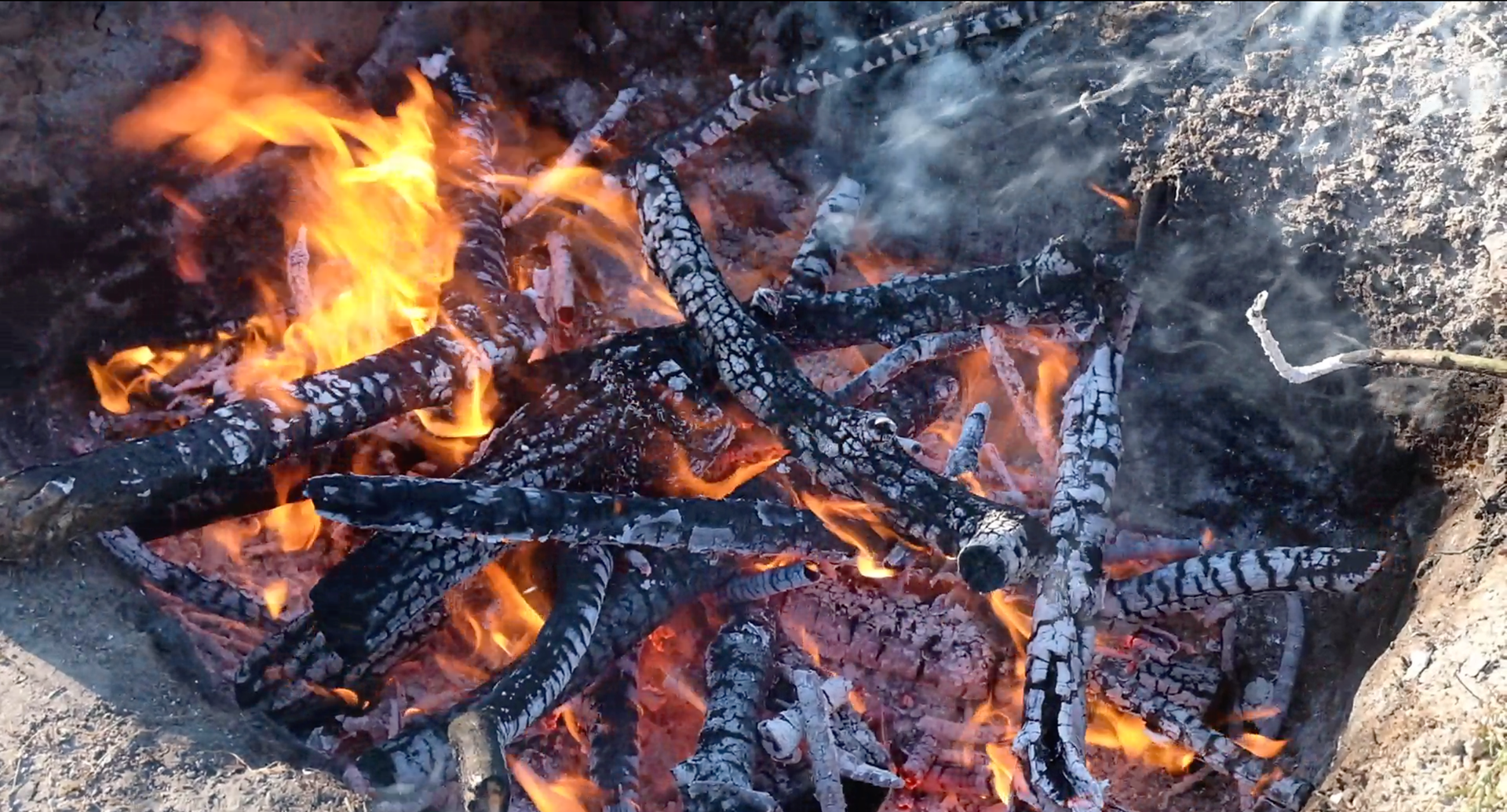
Making these fragments into a whole object once again, gives a physical space on to which histories can be projected.
the fragmented narrative cannot belong to me alone. Can not be written by me alone. The Narratives are telling the fragments history. The word history is being used to mean, the past, present and future possibilities. An understanding of a journey still on going.


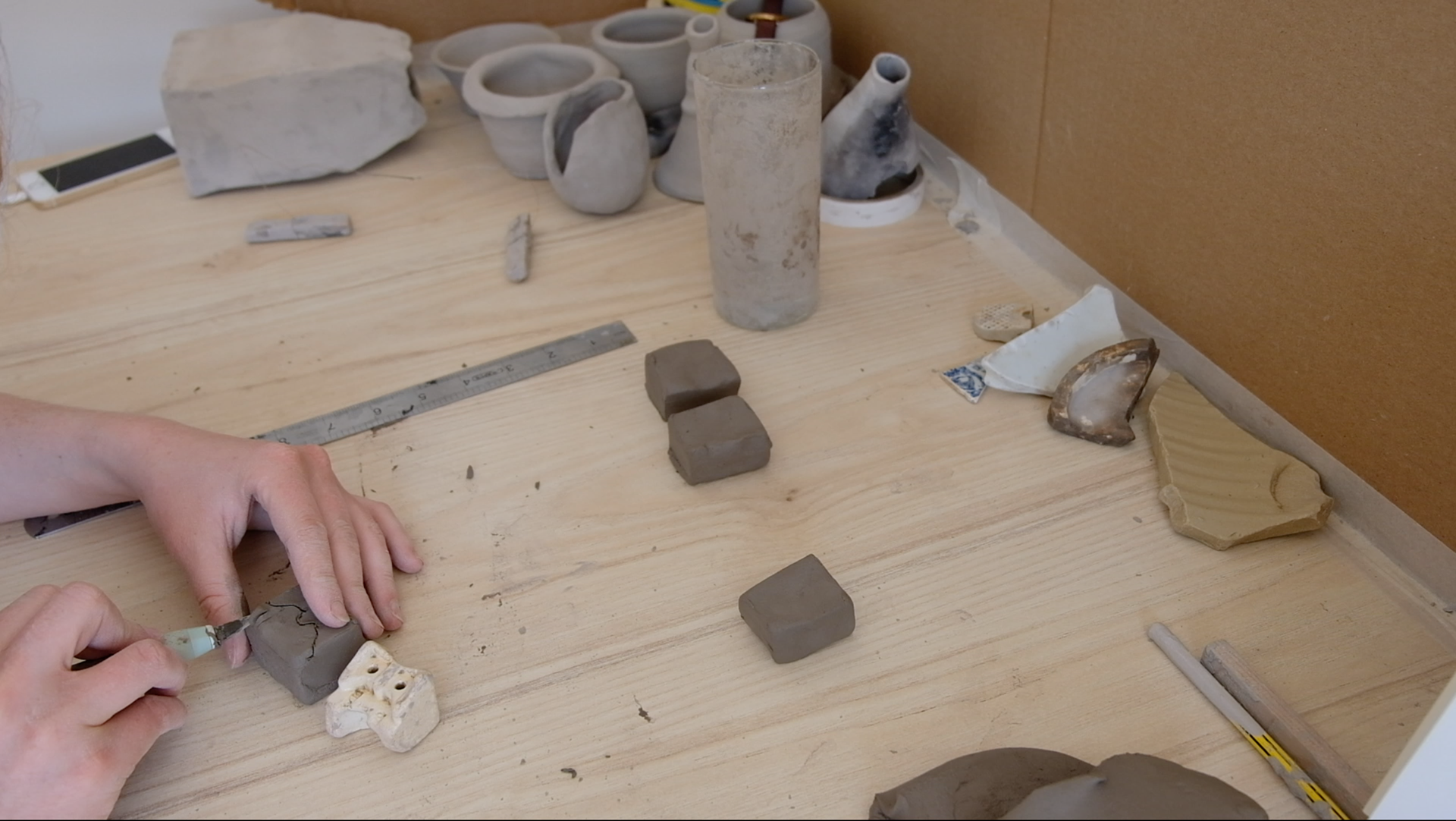
I have curated an exhibition that holds the fragments and the reformed objects made from the fragments.
The nature of the exhibition allows participants to come and speculate on these fragments' stories and histories. Gathering all these stories together to make one. The fragmented objects have a void that can be filled by the collective of the viewers. As a result of gathering these thoughts and stories from the participants, they have become a part of the design process, we are a part of the same collective. By interacting with the object they are building a network with London
The nature of the exhibition allows participants to come and speculate on these fragments' stories and histories. Gathering all these stories together to make one. The fragmented objects have a void that can be filled by the collective of the viewers. As a result of gathering these thoughts and stories from the participants, they have become a part of the design process, we are a part of the same collective. By interacting with the object they are building a network with London

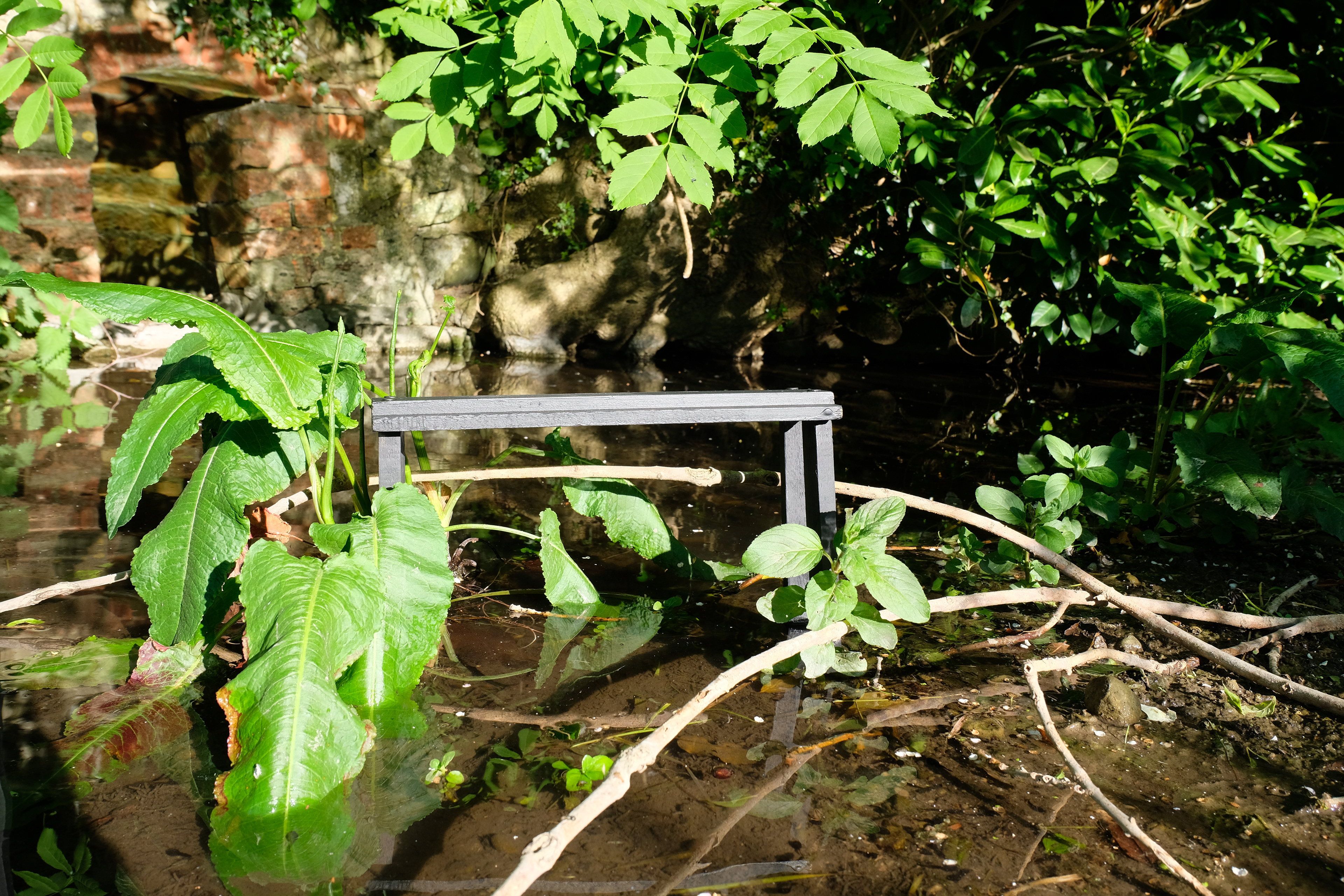
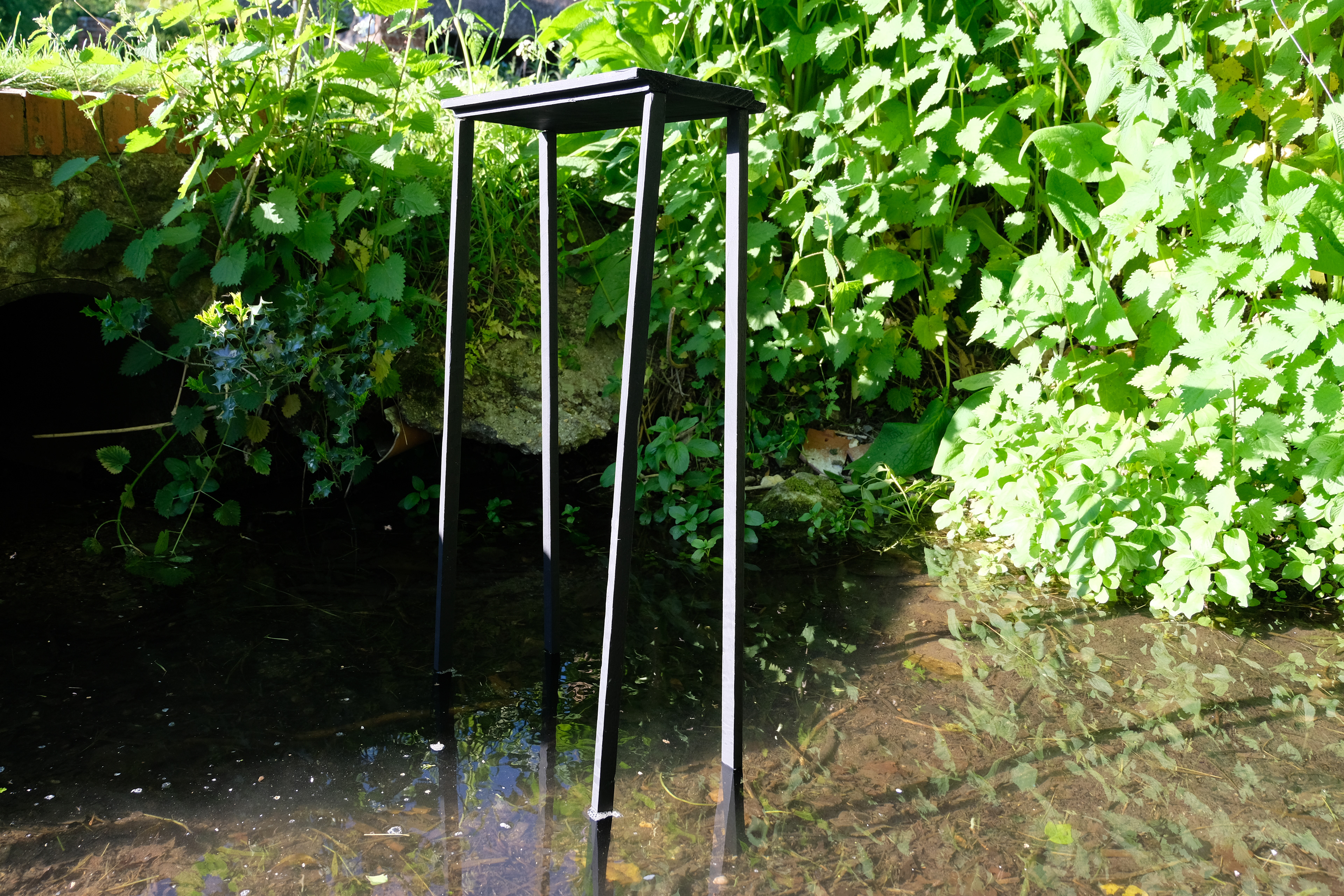
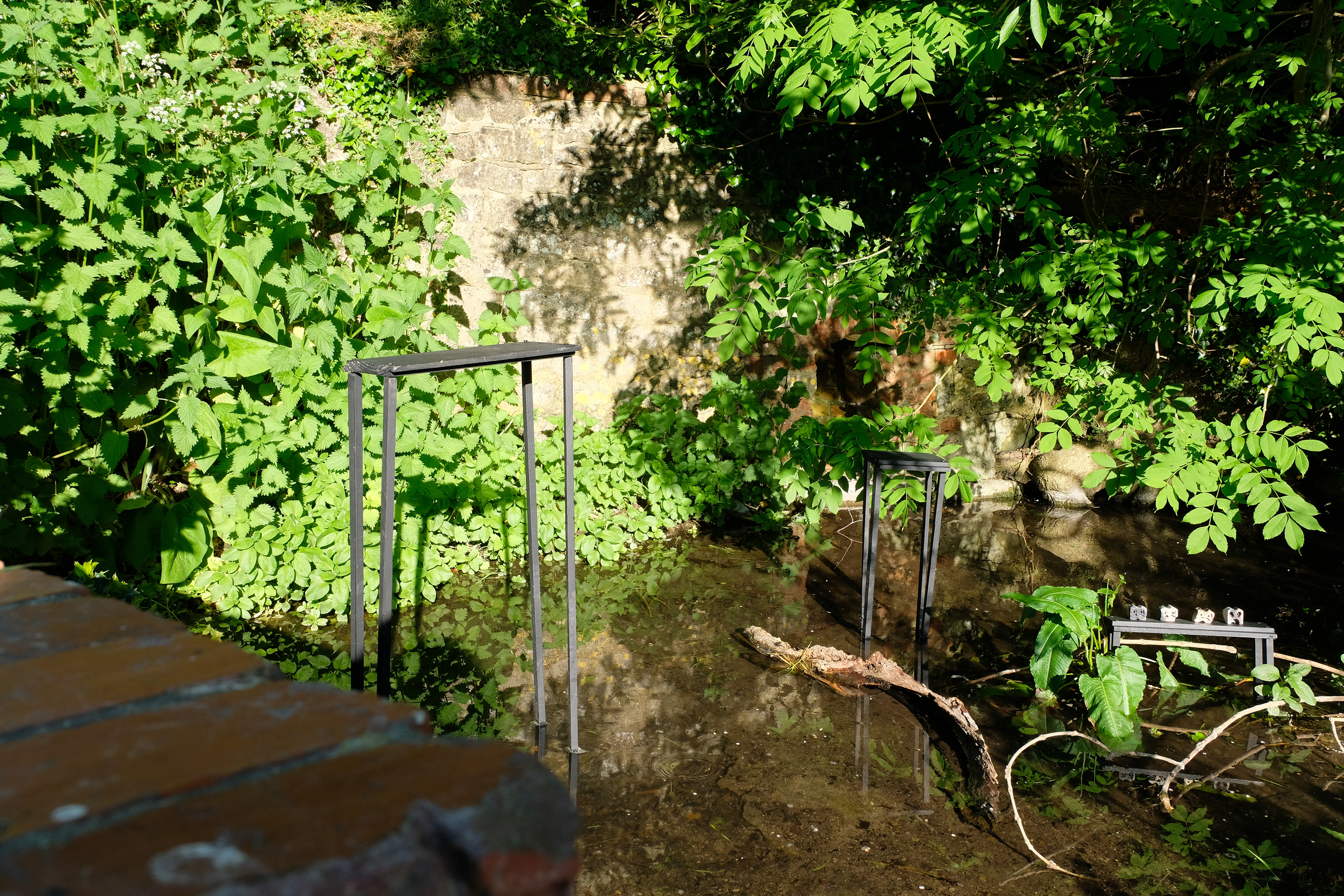
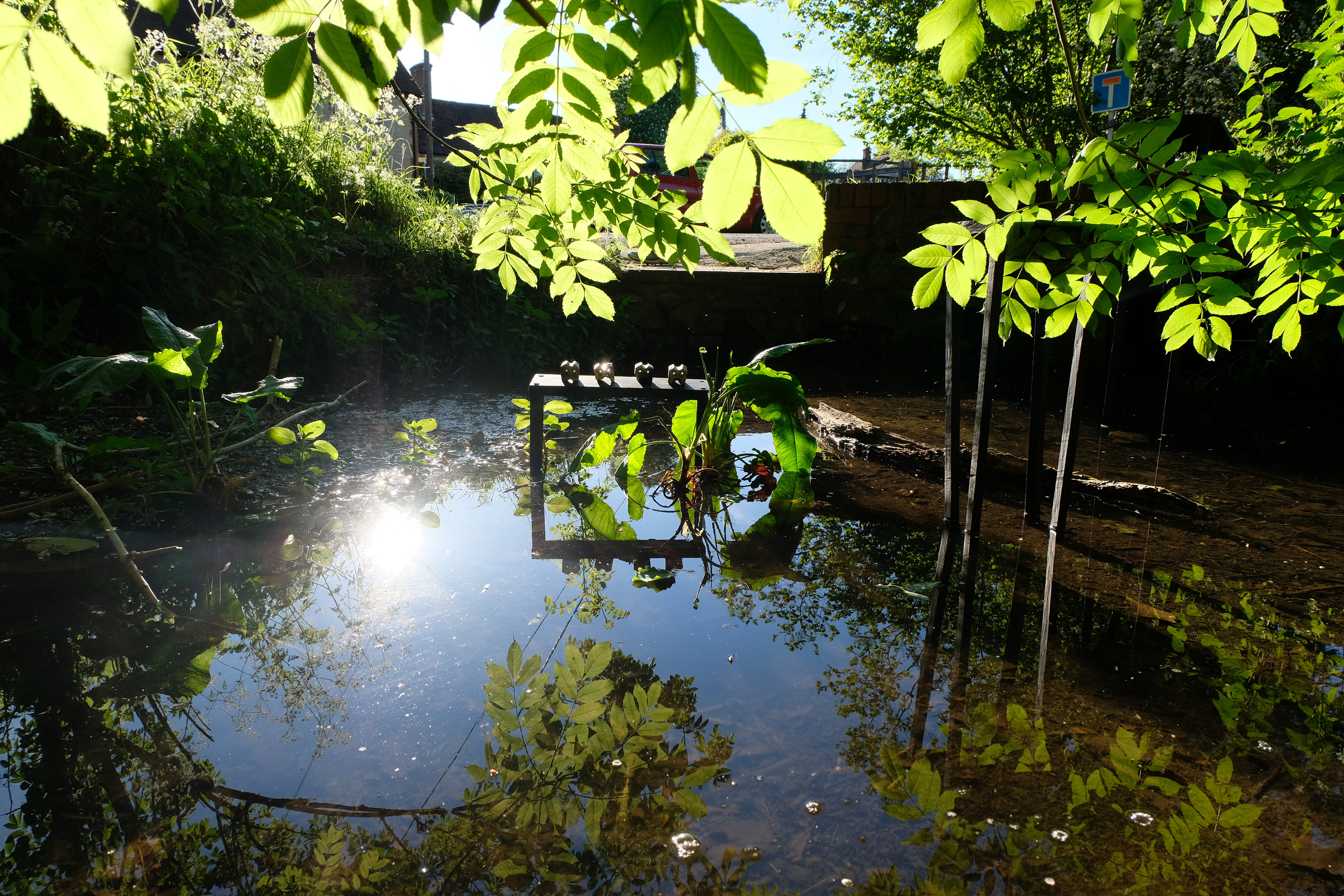

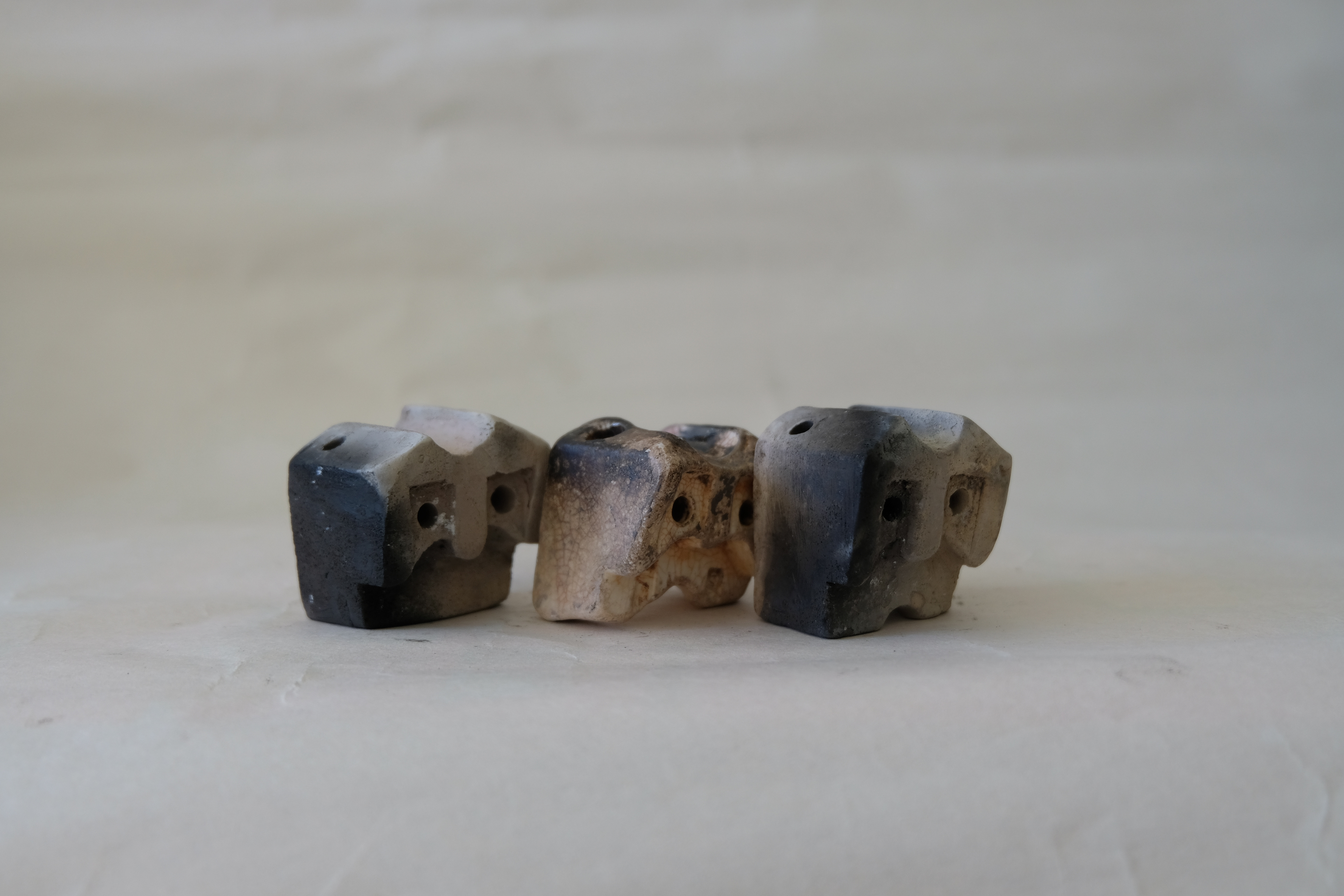
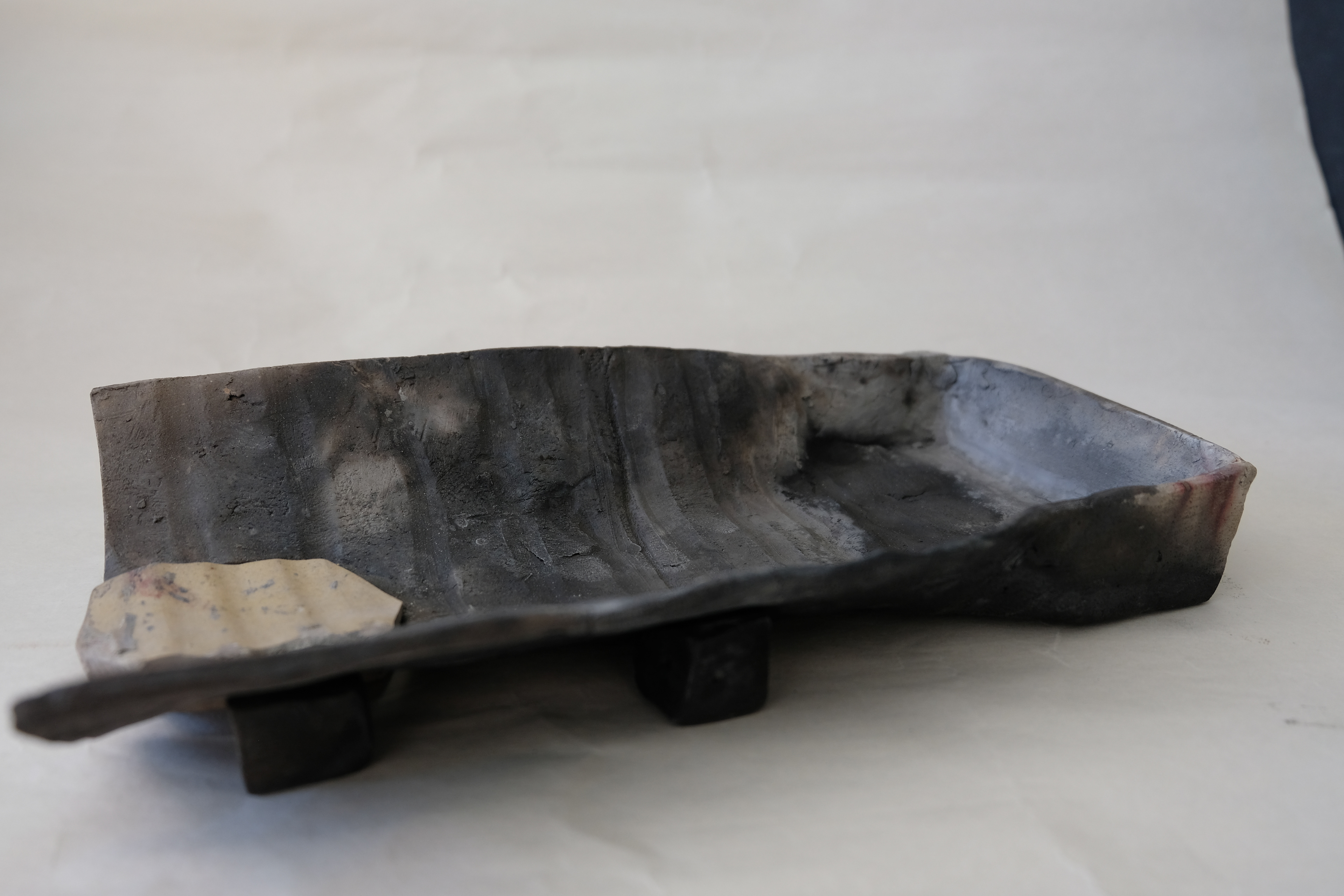
My Thames side production line shaped by the influence of the tide, found tools, unconventional workstation to some degree, subsumed me as maker. I had to navigate the change in my work, in my response to the concept, learning from the moment in that environment.
‘There is a moment between the impulse and and the action that embodies possibility.’ In her Thinking Like an Artist: Translating Ideas into Form 2017 MoMA Article.
Facing the water, I sit on the banks of the Thames. My clay at the ready. The tide becomes a natural timer, restricting the space I have and therefore the period of time I have to recreate the space around the fragment. With the Thames slowly creeping in on me, almost like a repetitive dance, I have no room for error.
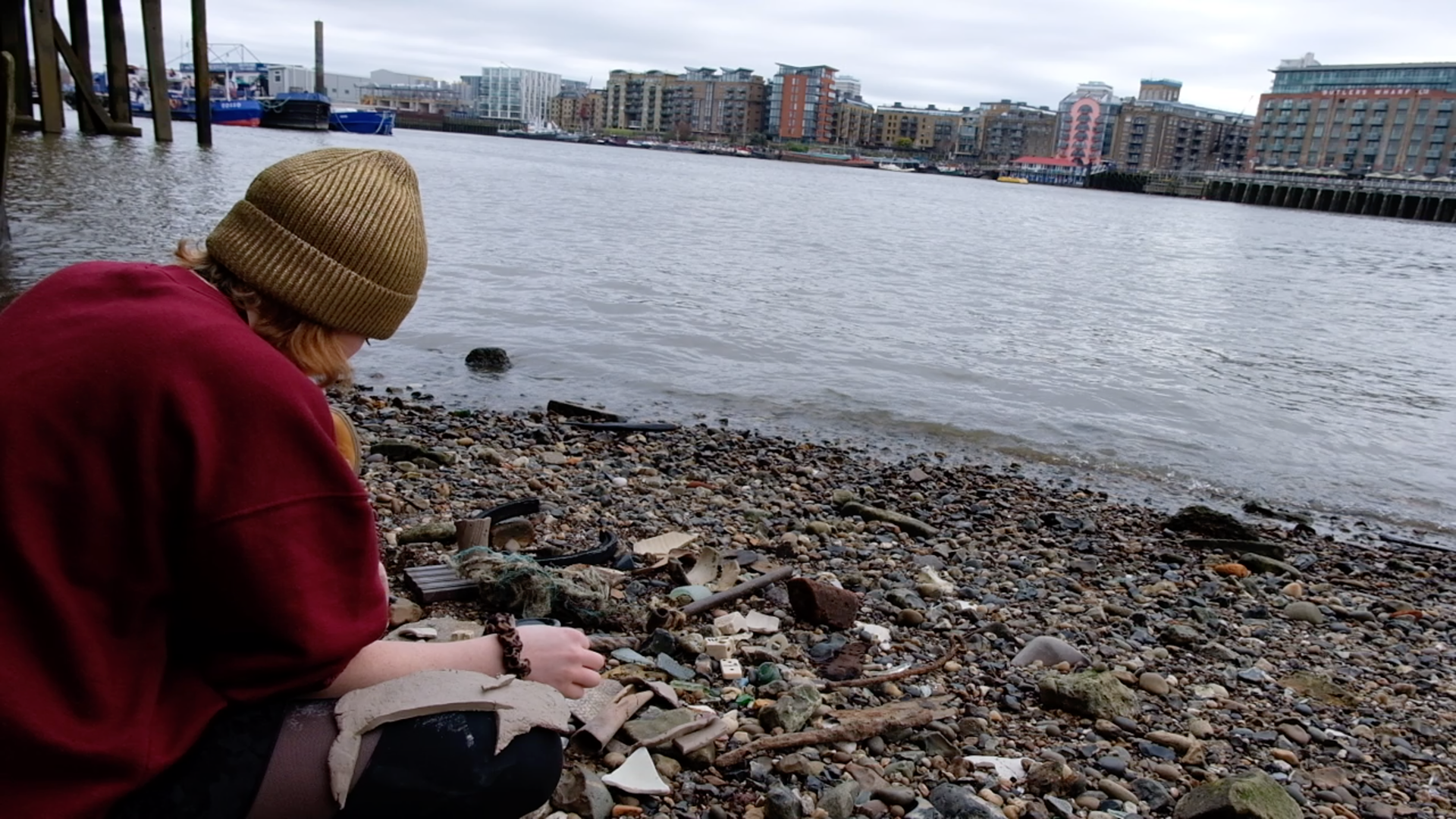
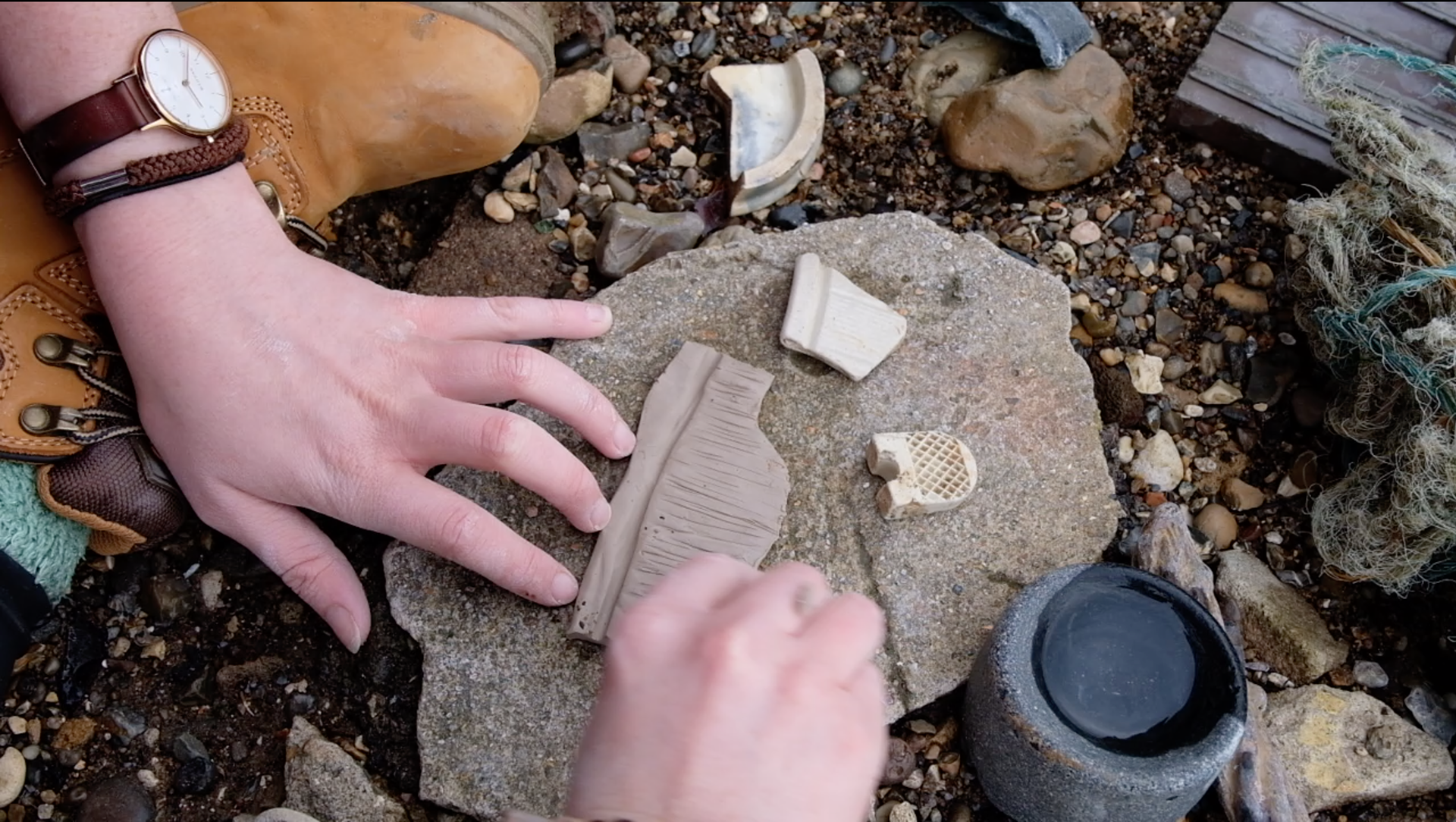
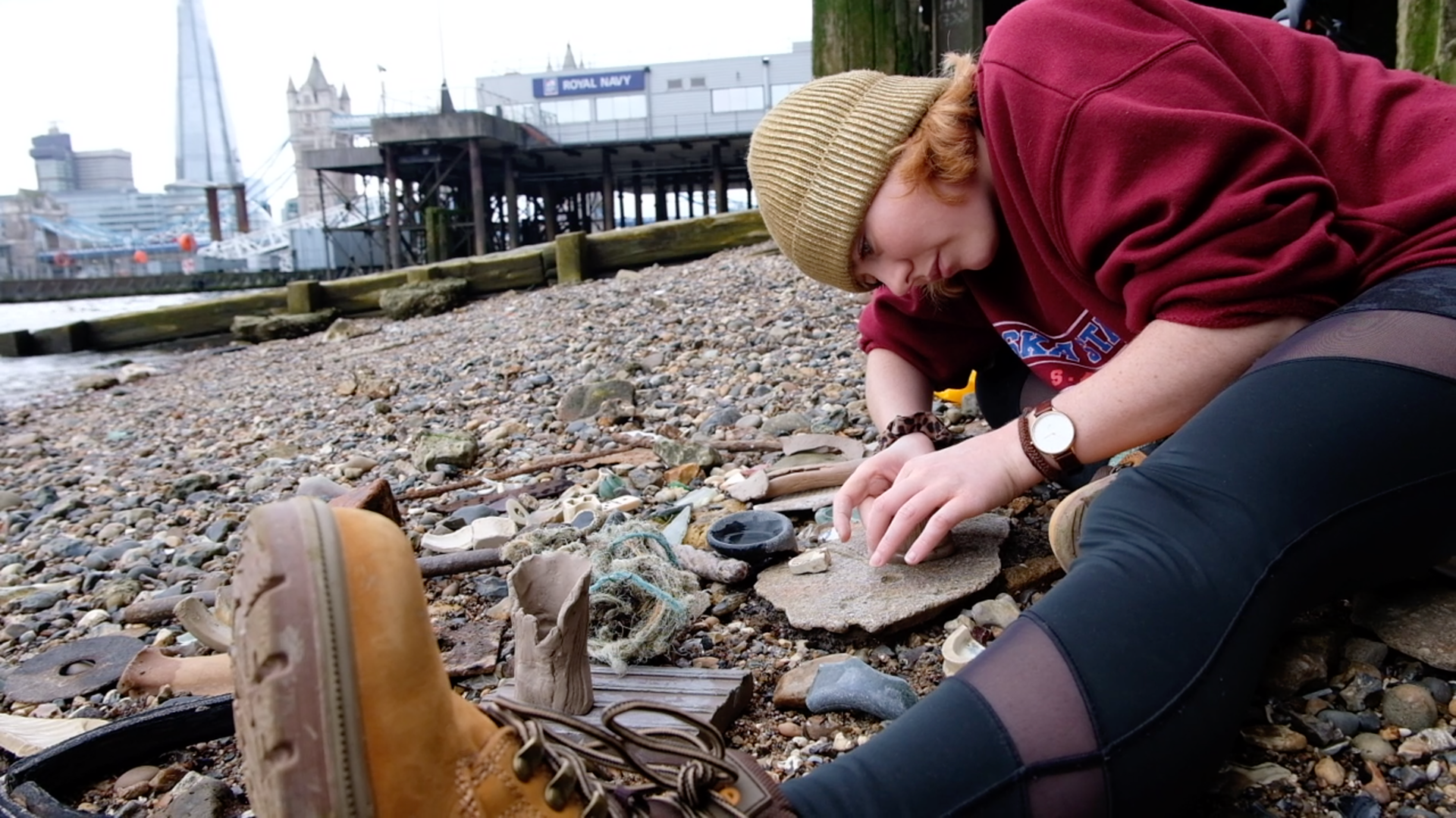
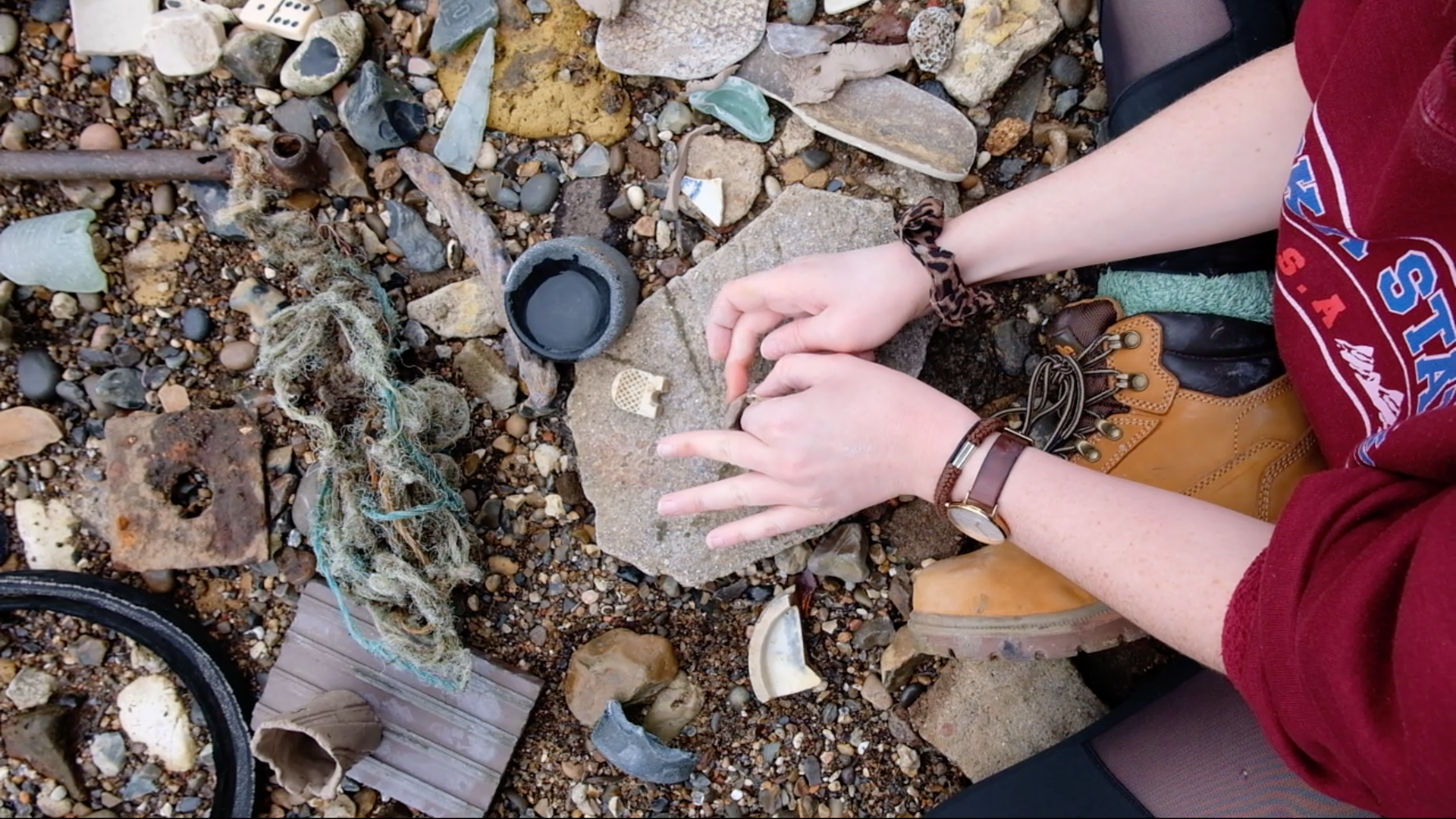
I held a Thames shore workshop, with the intention of making tools from the found objects. Those tools would then in turn be used to paint, scratch or mark. I wanted the participants to physically interact with this environment and be encouraged to view the findings through a different lens- as tools, useful things to assist with later making rather than rejected, worthless objects.
Tim Golding says ‘By treating these erstwhile objects as material we rescue them from the cul-de-sac into which they had been cast and restore them to the currents of life’

